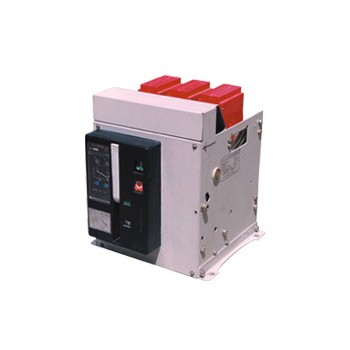Intelligent low-voltage vacuum circuit breaker JLW1 (DK5 series)

Overview
Product Details
Purpose:
The JLW1 (DK5) -1600A series intelligent low-voltage vacuum circuit breaker (hereinafter referred to as the circuit breaker) is mainly suitable for distribution networks with AC 50Hz (60Hz) rated voltages of 380V, 660V, 1140V, and rated currents of 630A to 1600A. It is used to distribute electrical energy, protect lines, and prevent power equipment from being damaged by overload, undervoltage, short circuit, single-phase grounding and other faults. Under normal conditions, it can also be used for infrequent switching of lines. This circuit breaker has multiple protection functions, can achieve selective protection, and operates correctly. Avoid unnecessary power outages and improve the reliability of power supply.
Model and significance

Normal working conditions
1. The ambient air temperature is between -5 ℃ and+40 ℃, and the average value over 24 hours does not exceed+35 ℃.
Note: The working conditions with a lower limit of -10 ℃ or -25 ℃ must be declared to the manufacturer when ordering.
② For working conditions where the upper limit value exceeds+40 ℃ or the lower limit value is below -25 ℃, users should negotiate with the manufacturer
2. The altitude of the installation location shall not exceed 2000m
3. The relative humidity of the atmosphere shall not exceed 50% when the ambient air temperature is+40 ℃; At lower temperatures, there can be higher relative humidity; The average maximum relative humidity in the wettest month is 90%. At the same time, the average minimum temperature for the month is+25 ℃, taking into account the condensation that occurs on the surface of the product.
4. The pollution level is level 3.
5. The installation category of circuit breakers is IV, and the installation category of auxiliary circuits is III. Except for the undervoltage transient release coil and the primary side coil of the power transformer used for ST30-M controller, which are the same as the circuit breaker, the rest are III.

